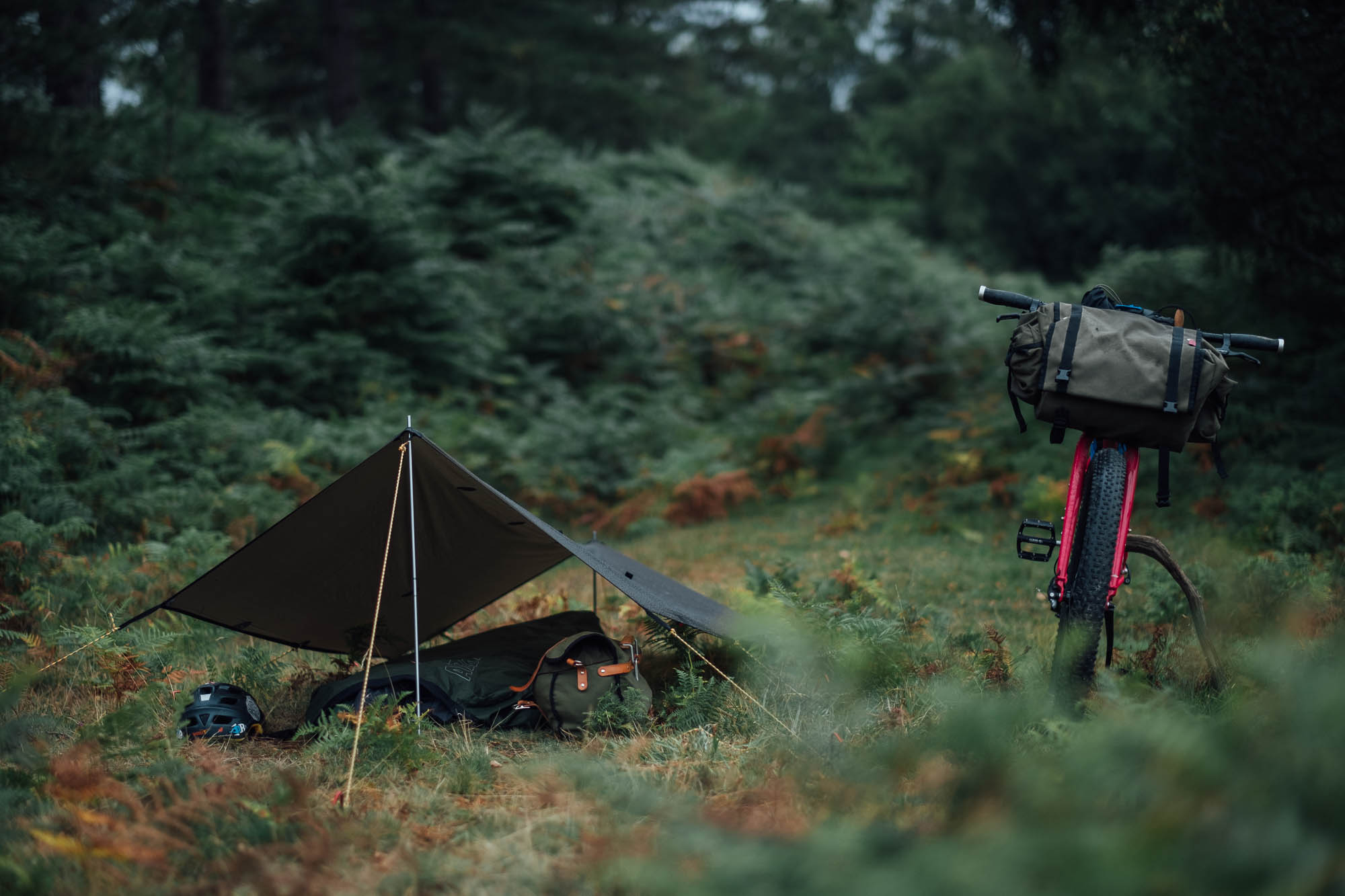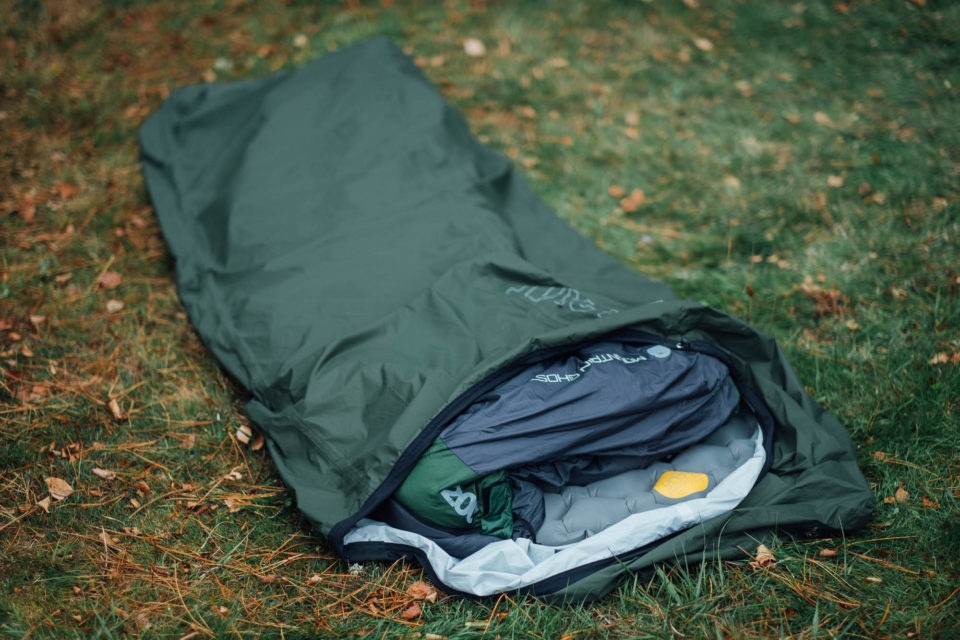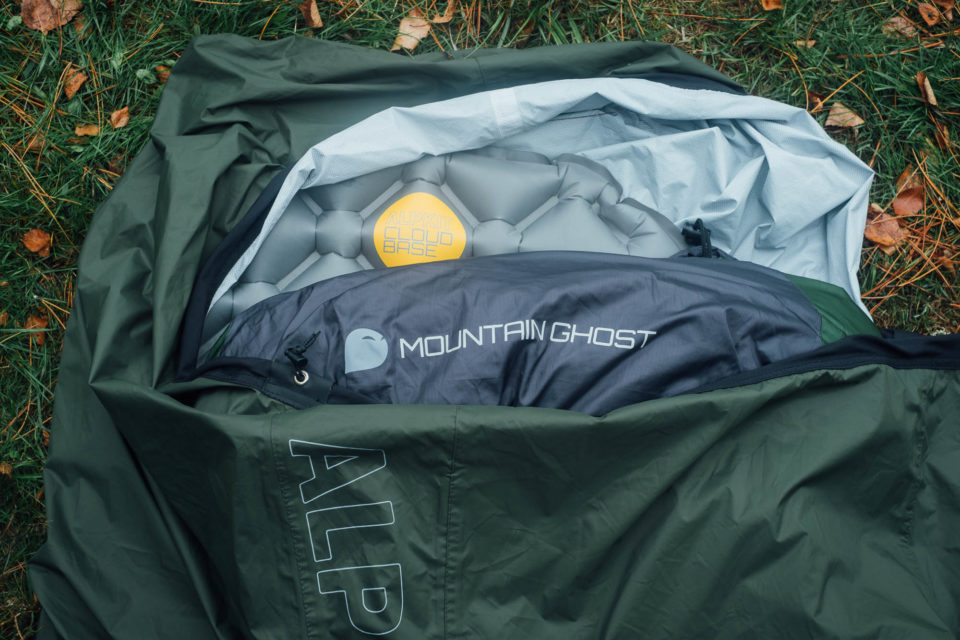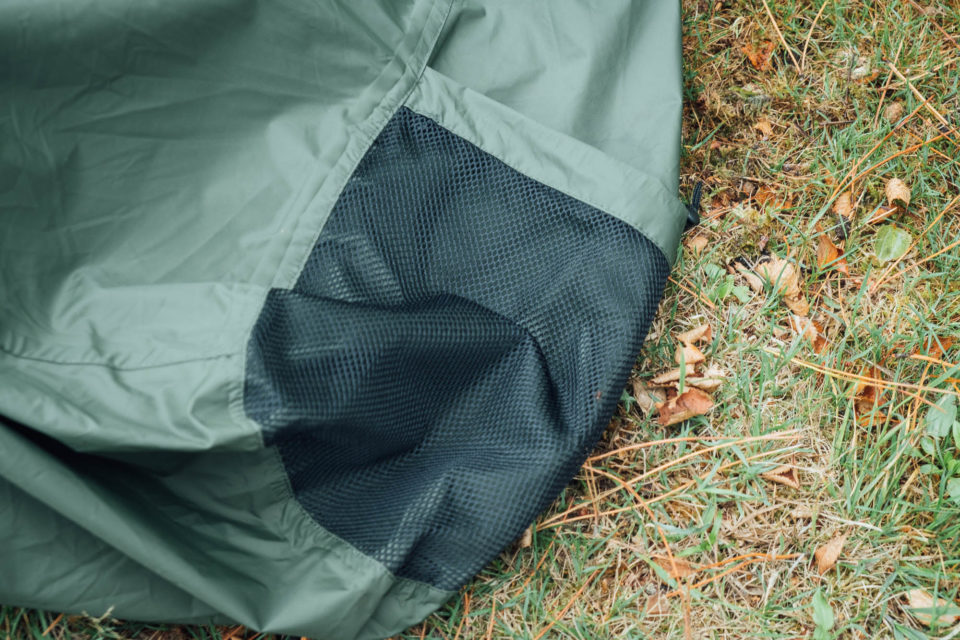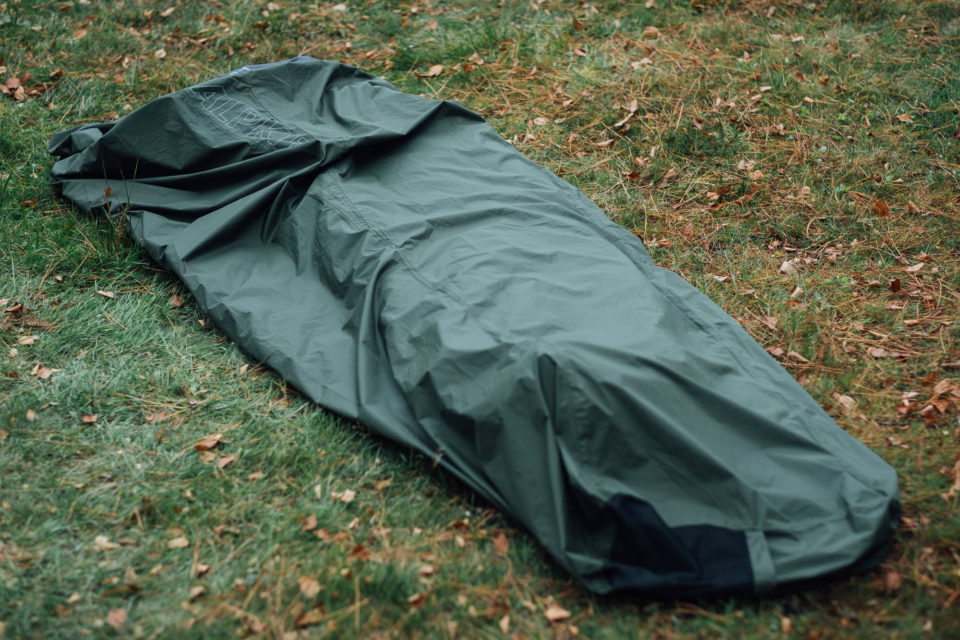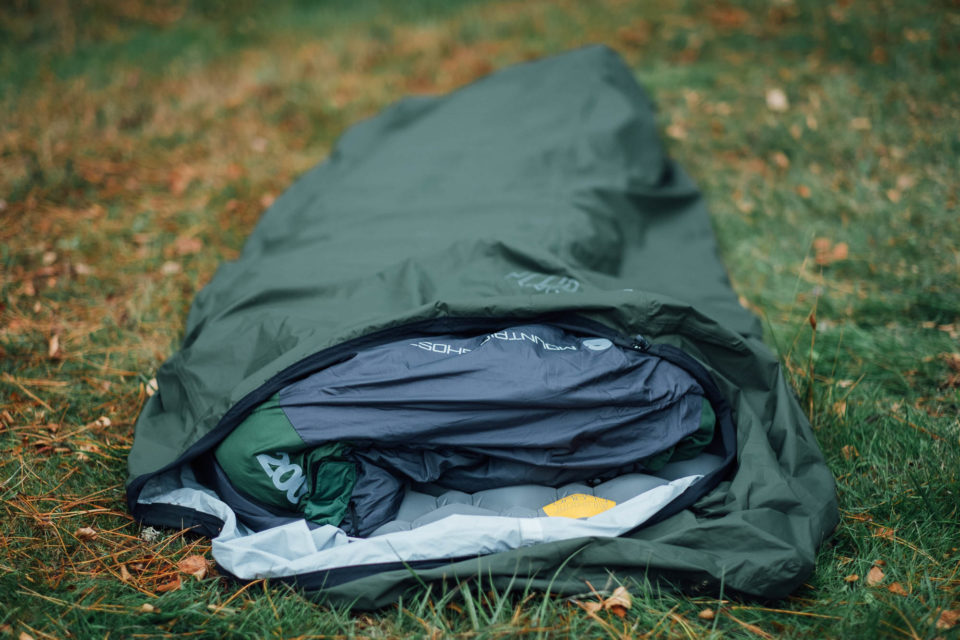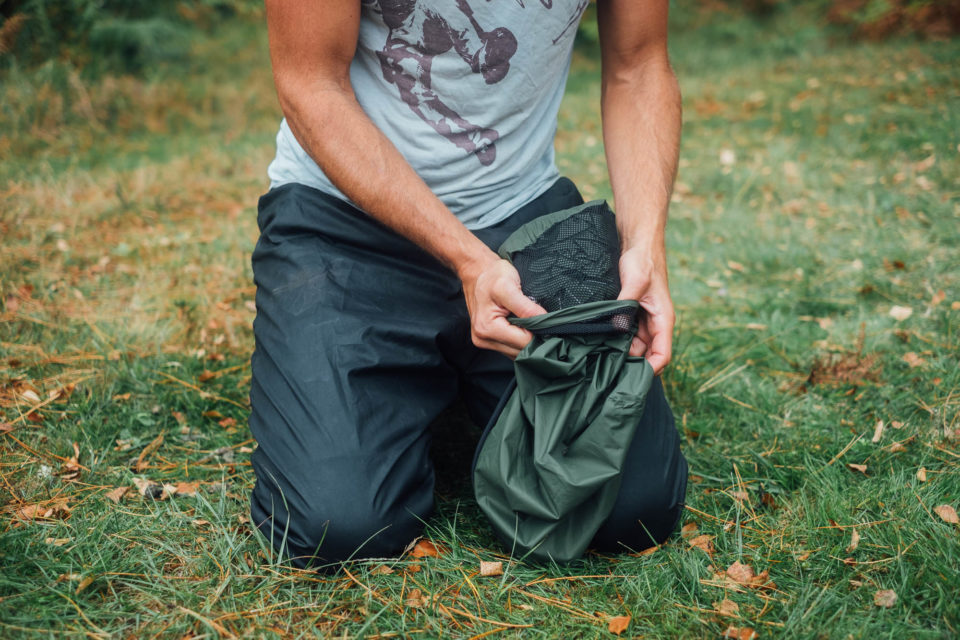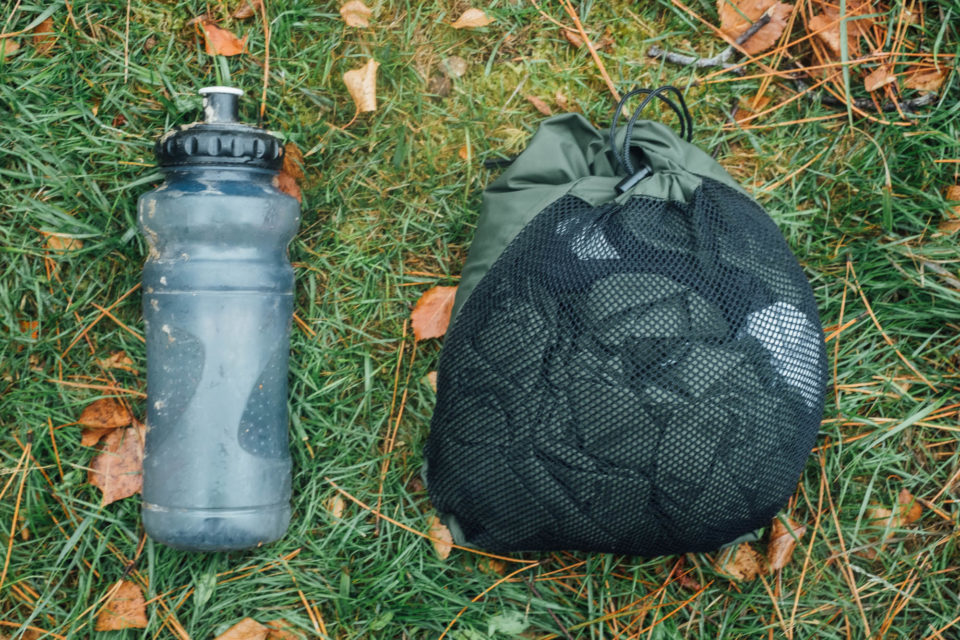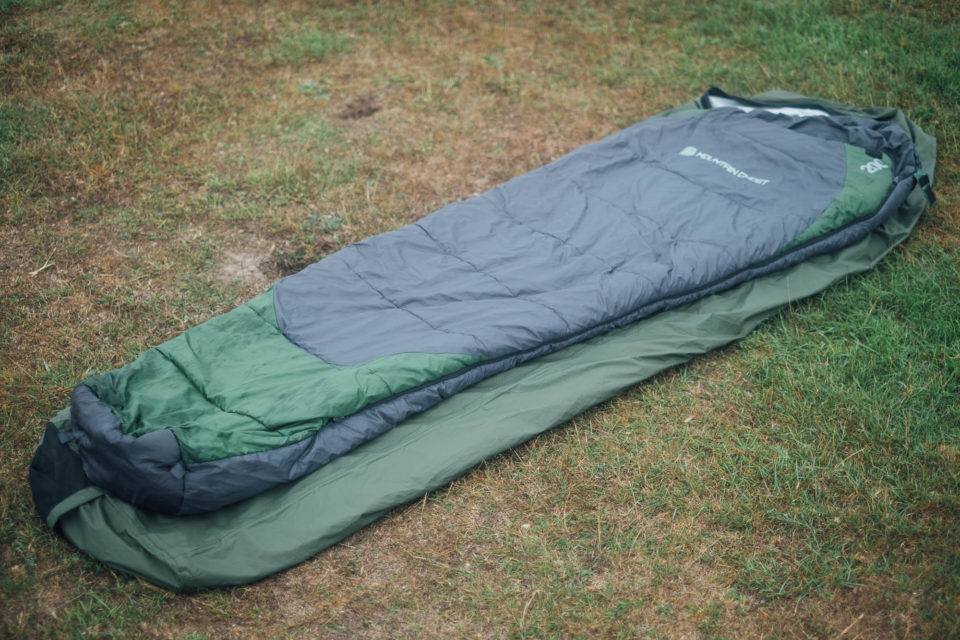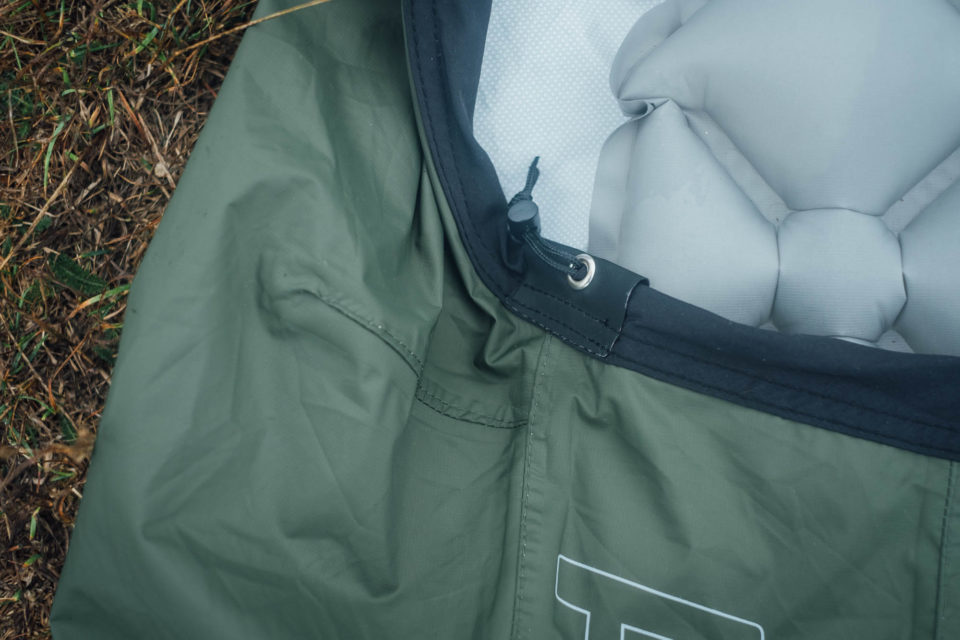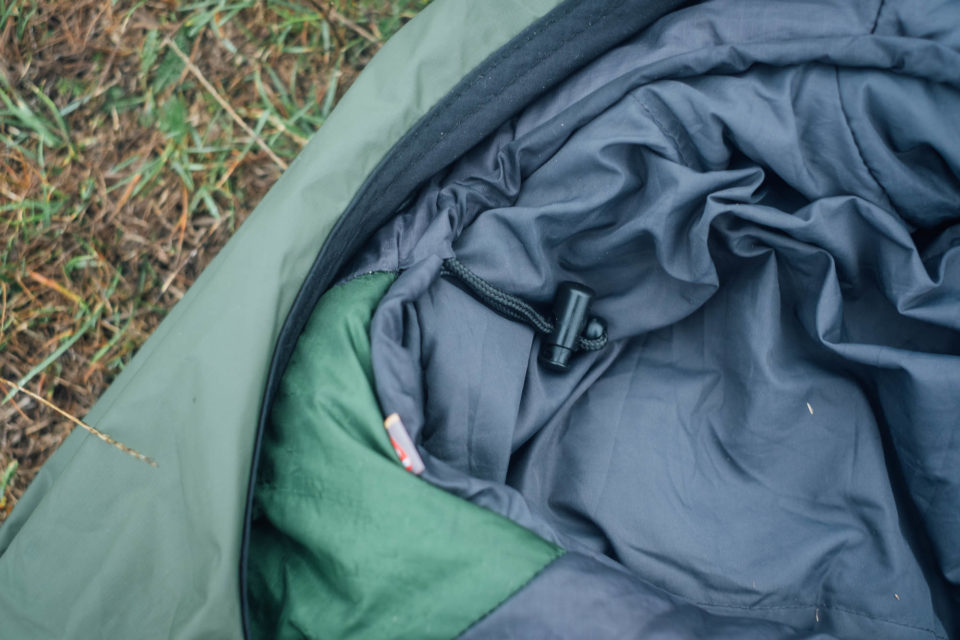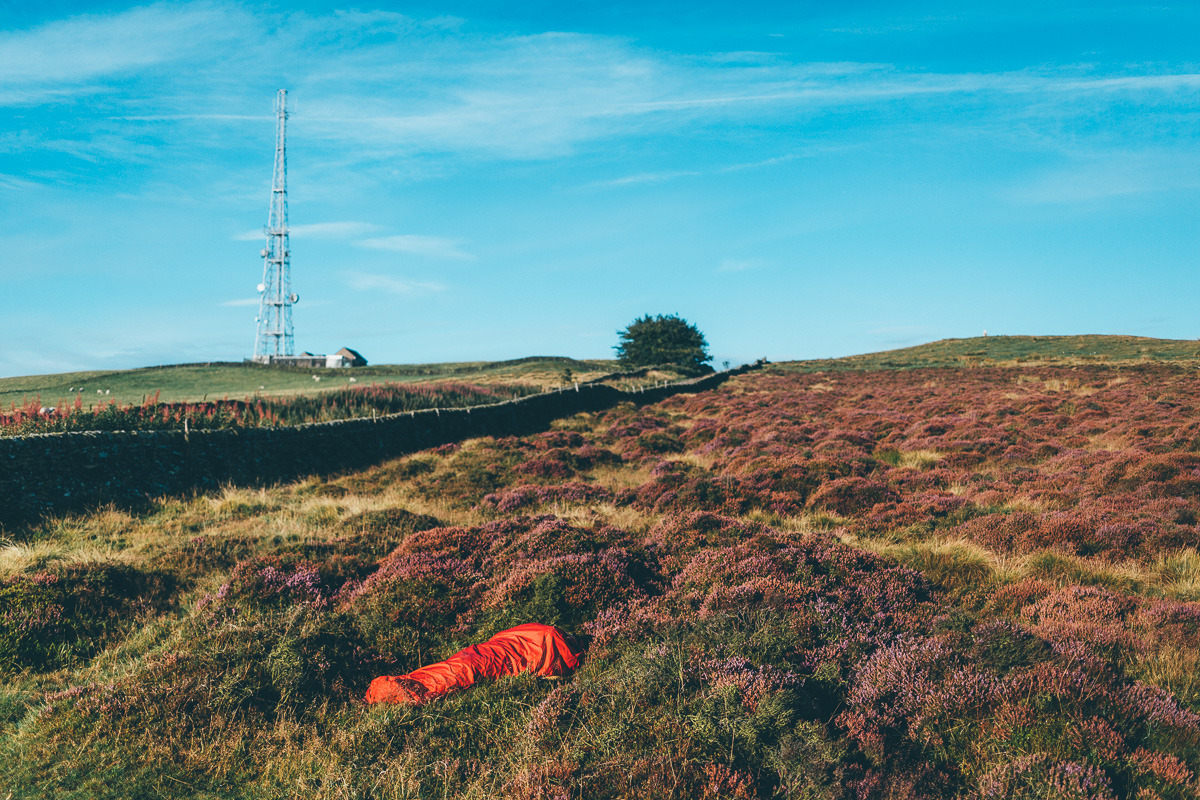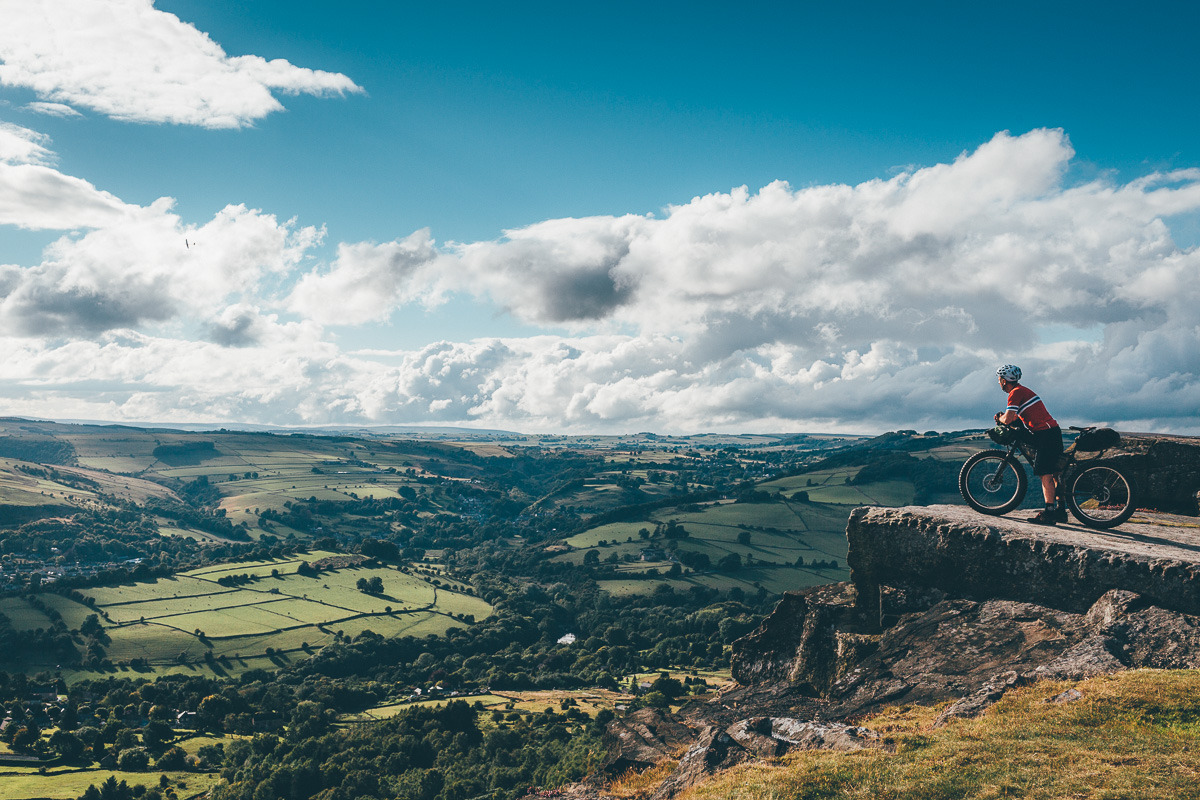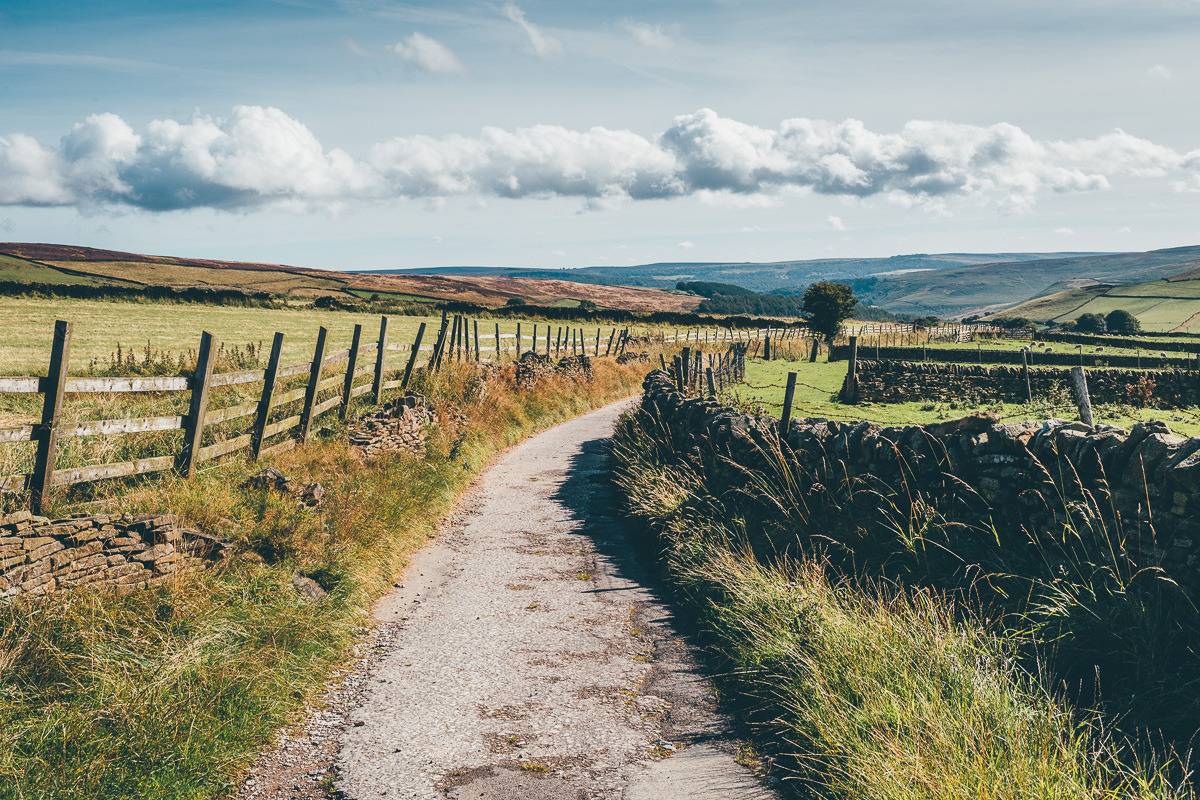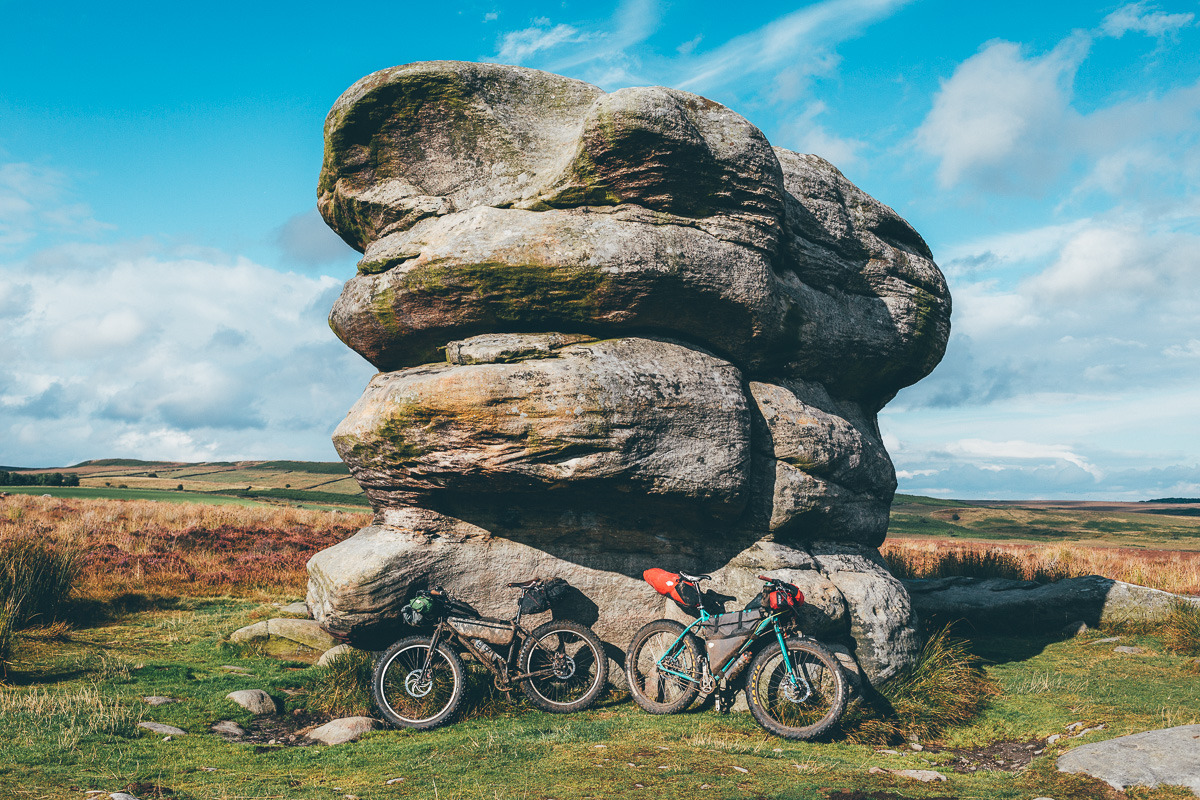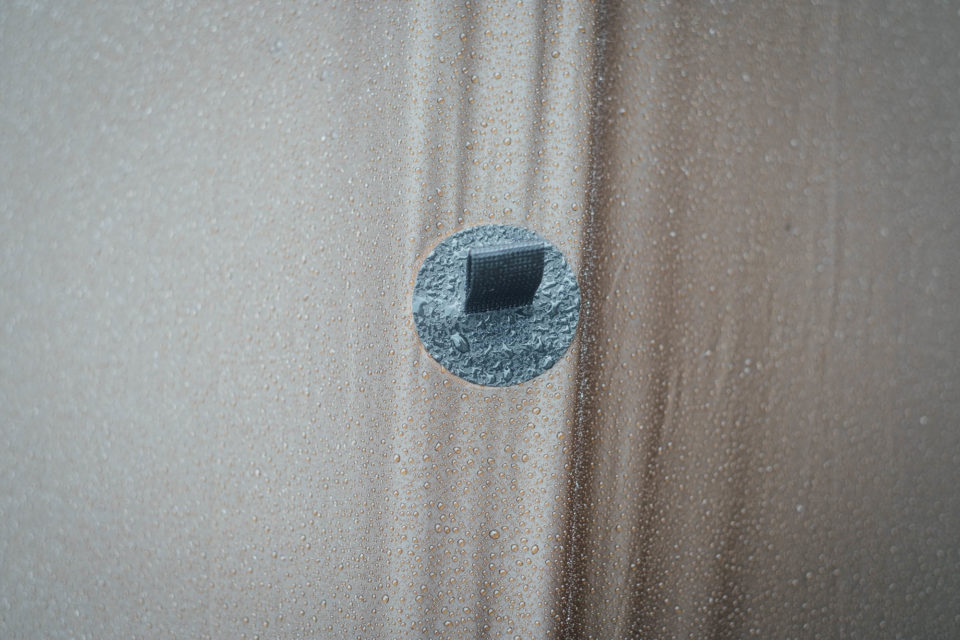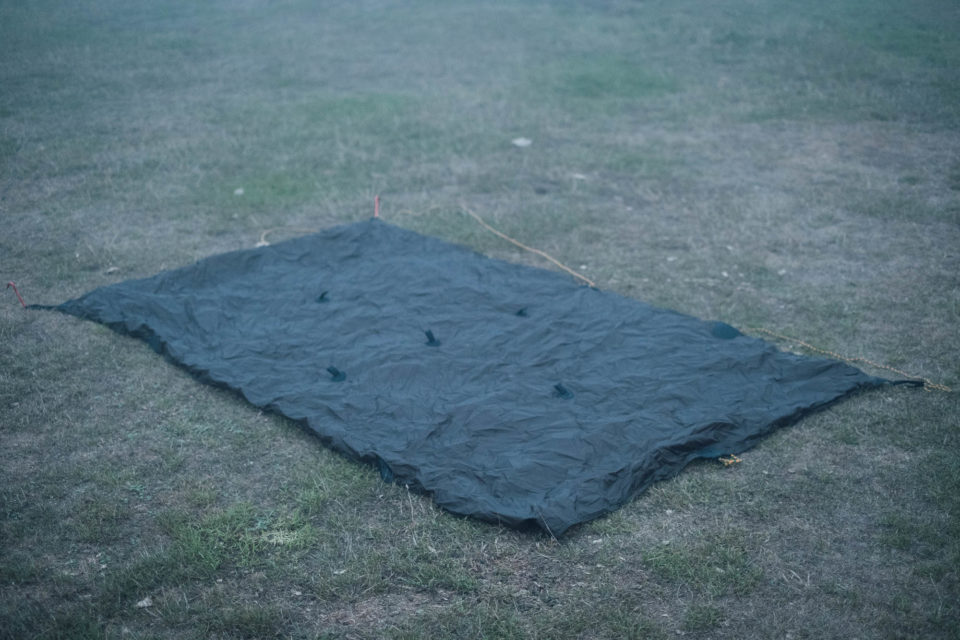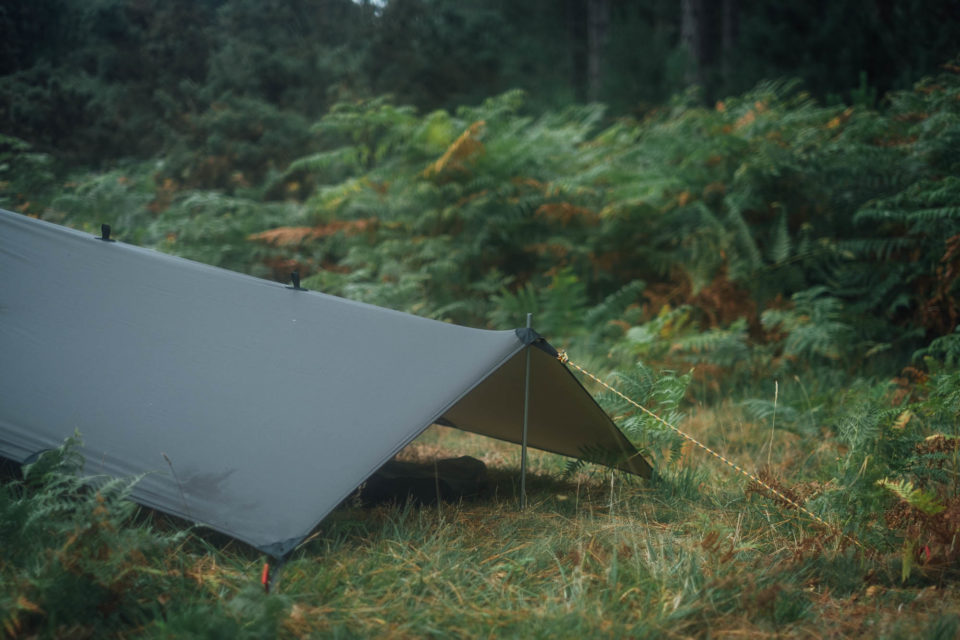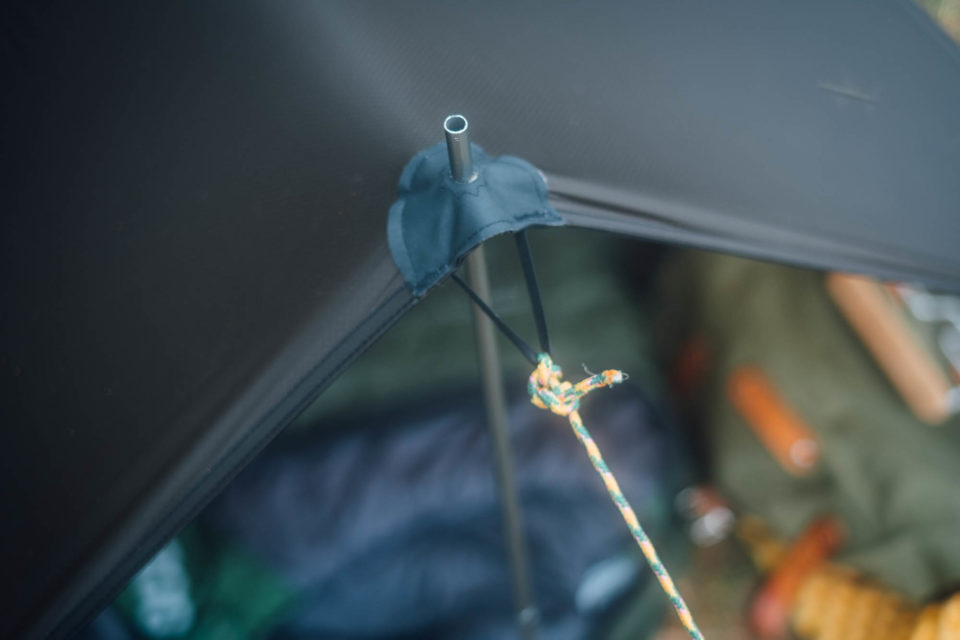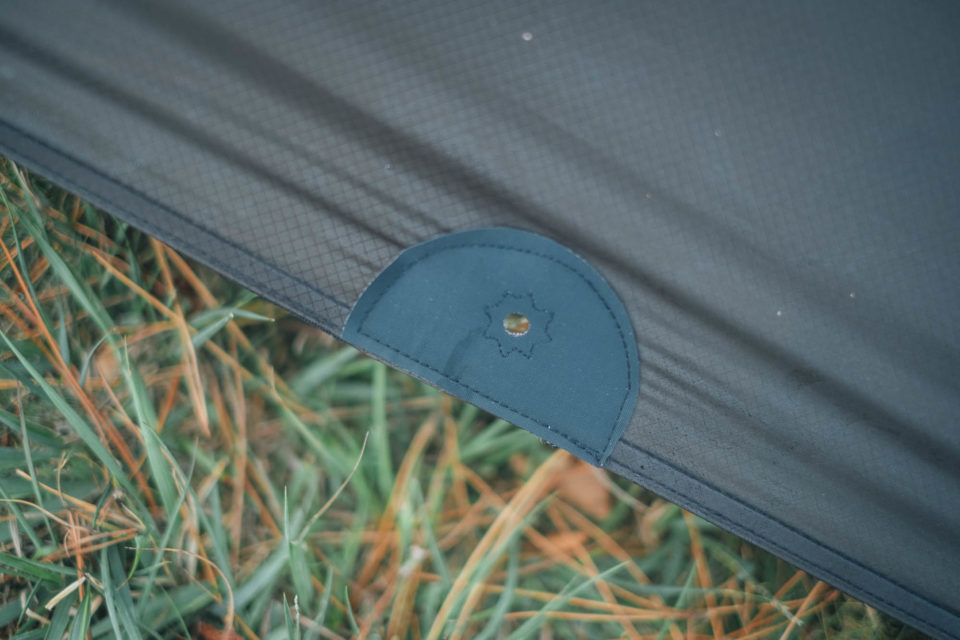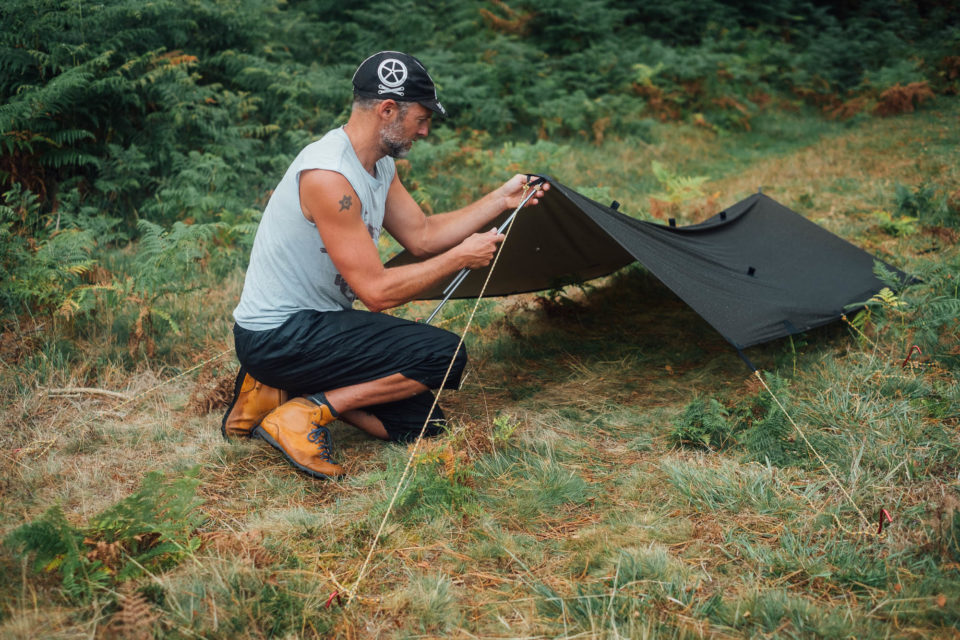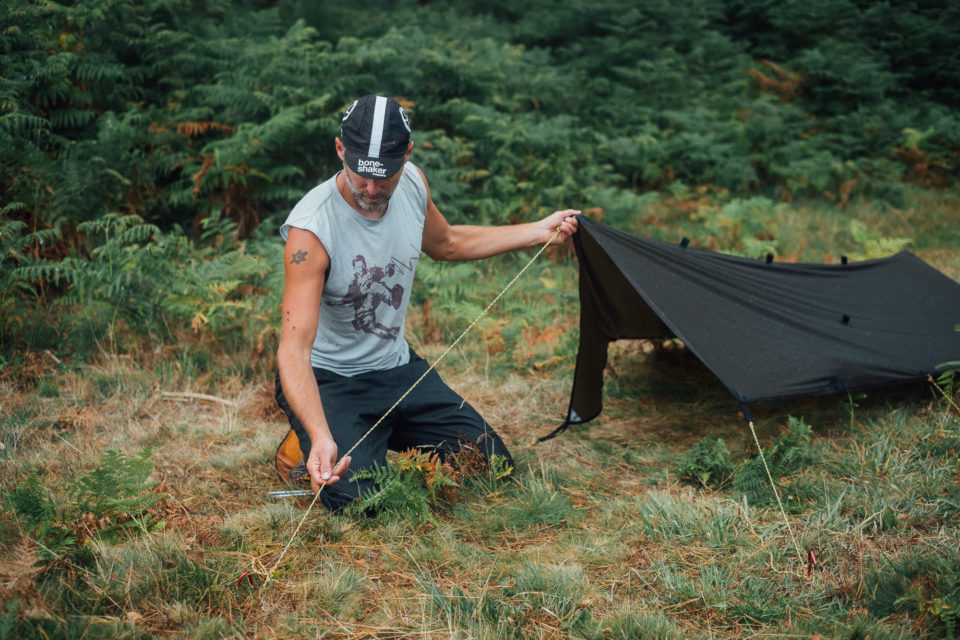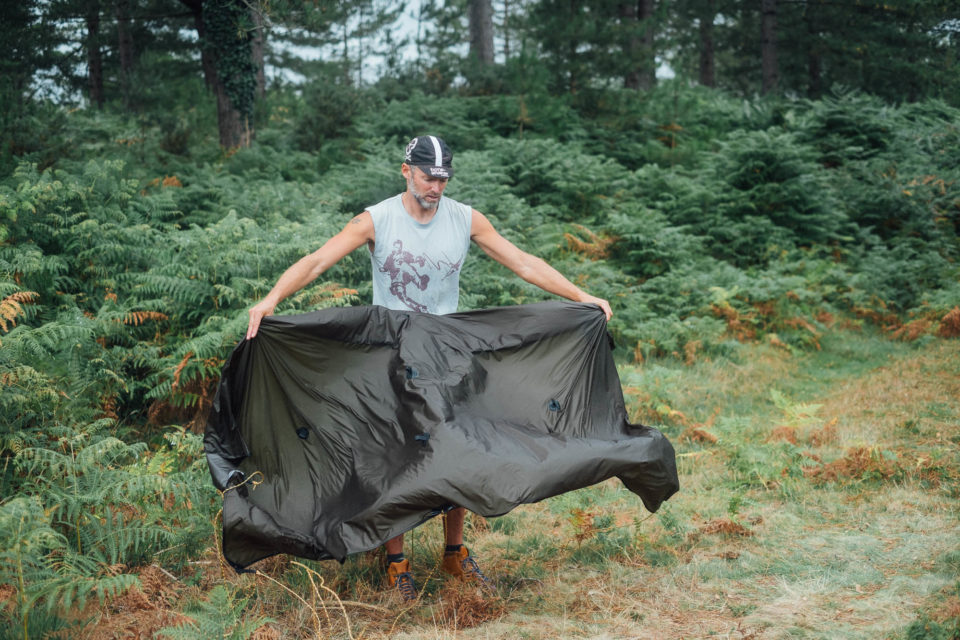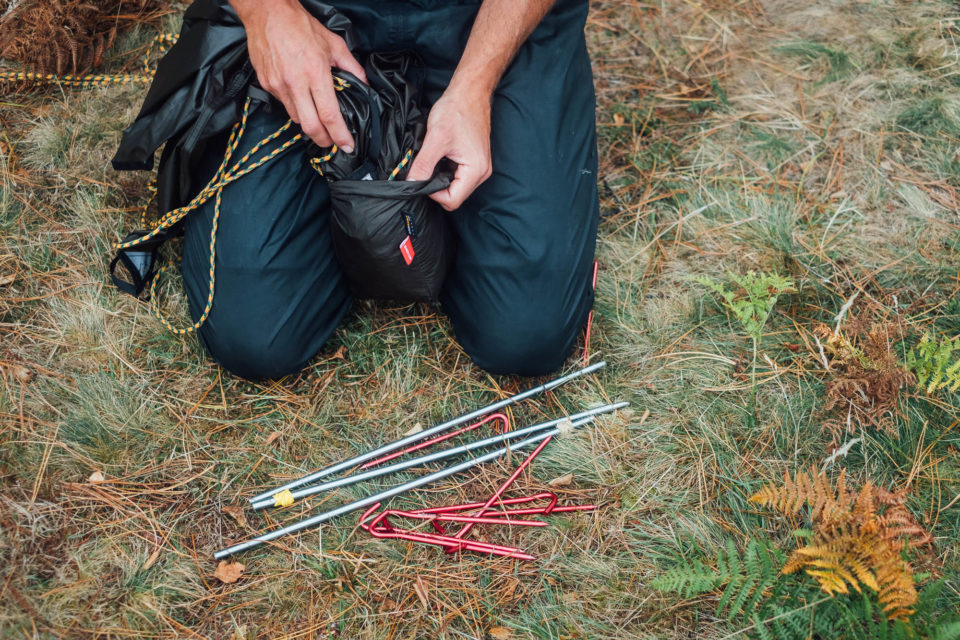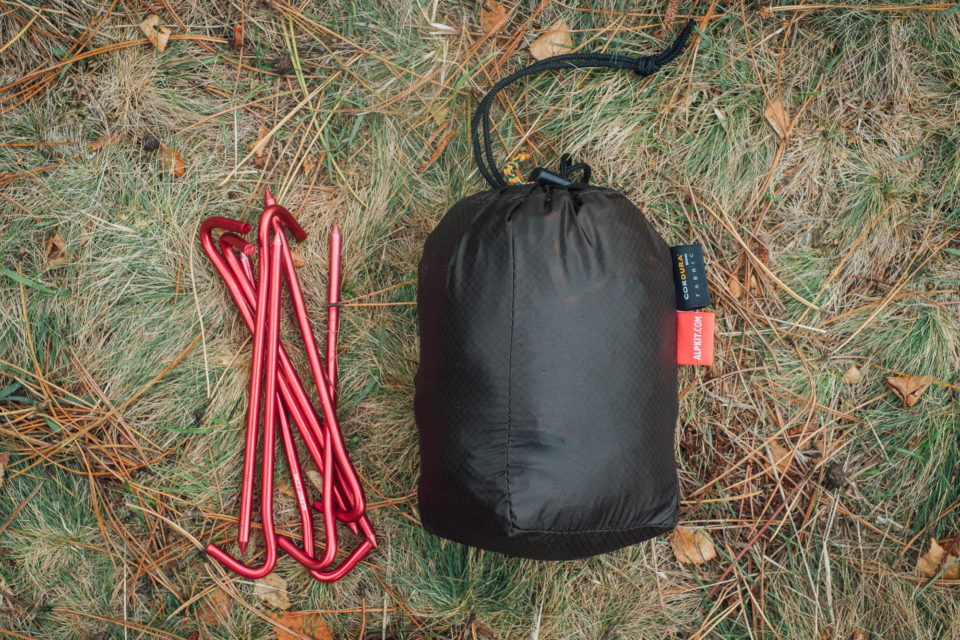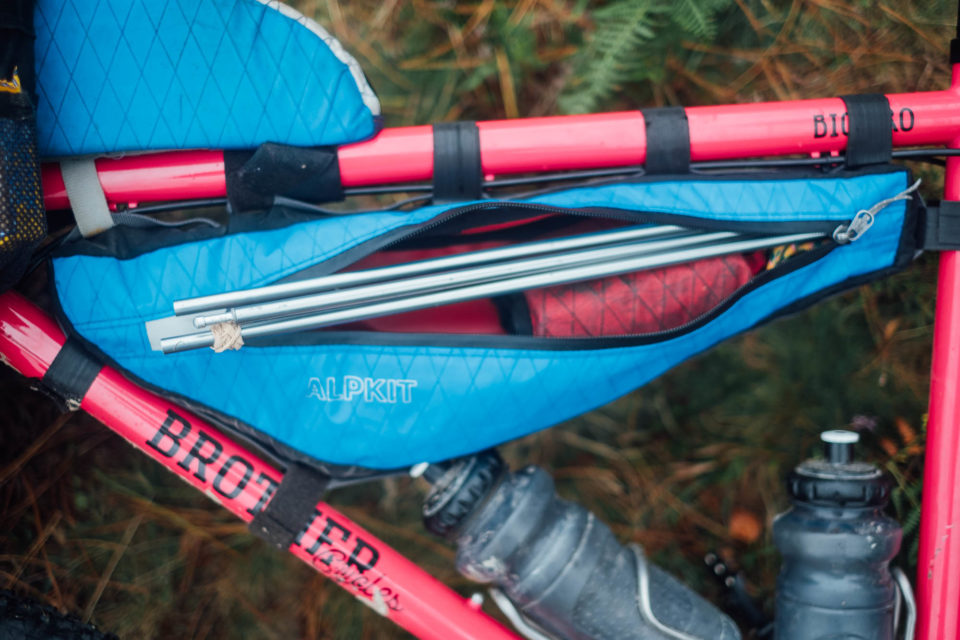Budget British Camping: Alpkit Hunka Bivy Bag and Rig 3.5 review
For those seeking a brief escape from the city – a microadventure, as UK adventurer Al Humphries calls it – the humble bivy bag is one of the most simple, discreet, and affordable ways of spending a night in the wilds. We check out two budget camping offerings from British manufacturer Alpkit, and consider both the joys and tribulations of bivvying in Europe…
Bivvying is a great way of getting out on a weekend bikepack, especially when time is short or money is tight. Team a bivy bag with a simple flat tarp, and you have yourself an extremely effective way of warding off the UK’s notoriously inclement weather. A bivy bag can be rolled out or stuffed away at a moment’s notice, perfect for both stealth camping, or when the weather takes a turn for the worse. What’s more, it’s a combo that’s sure to get you feeling close to mother nature.
All in all, bivvying out is local camping at its wildest.
Alpkit Hunka Bivy Bag (standard/XL)
Bivy bags are inherently very simple affairs: basically, they’re mummy-shaped shells you can slide your sleeping bag into for a night under the stars. There are all kinds on the market, and the price they command is largely dependent on the breathability of the fabric, how hard-wearing it is, and the number of extra trimmings the bags include, such as hoops, zips, or nets. Alpkit’s Hunka resides, unapologetically, at the no-frills, budget end of the scale, though it’s a definite notch up from the flimsy emergency blanket that many bikepacking racers use.
Packing down quickly, and easily stashed in the bottom of a seatpack, the standard size Hunka weighs just 330g. Planning to sleep out under the stars but unsure what the weather has in store? This is a bivy that you’ll barely notice you’re carrying. There are few features to list; essentially, taped seams keep out the elements and drawstrings cinch it in tight when you need to batten down the hatches. You’ll need to wiggle your way in too, as there’s no zip. The material is ripstop nylon with a 10,000mm hydrostatic head, so it does a good job at keeping out the rain. I experienced some light condensation in the morning at the foot of the bag and where I was breathing, but that’s pretty typical when bivvying.

The standard Hunka is aimed at those less than 6’1” in stature, so being around that exact height – and wanting room to slide in a thick air mattress – I went for the XL version. As such, there’s still a small of amount of space to stash the most valuable of your gear and plenty of room for a down bag to loft. Though, in the UK, a synthetic bag – like the company’s Mountain Ghost 200 – may make more sense if you can’t stretch to a down bag with a hydrophobic coating. I’ve previously used the standard version on numerous moorland outings and it was great, suiting my older, slimmer sleeping pad. Both are available in a few colors, including zesty Chili, though I prefer the subdued Kelp, especially with how it helps camouflage you into the UK moorland.
That’s about it, really. Simply put, this is a bivy bag that does its job. It packs down small, it’s quick to dry, and it will keep the vast majority of the elements at bay, even if itc can be at the cost of some comfort.
Pros
- Very affordable
- Highly waterproof
- It’s light and packs down small
- No need to carry a groundsheet
- It’s fun! (most of the time)
- Great to have for emergencies too
Cons
- Basically, just a shell for your sleeping bag; no mod cons like a hoop or zip
- Likely infuriating in midge/bug/mosquito country and watch out for ticks, too
- Bivvying isn’t for everyone… the ability to smile ruefully/laugh in the face of rainfall helps
- Weight 330g (XL 490g)
- Length 215cm (XL 235cm)
- Width 80cm at shoulders, 50cm at foot (XL 98x72cm)
- Packed size 13x15cm (XL 16x23cm)
- Price £47-54
- Country of origin China
- Contact Alpkit
Why Bivy?
When it comes to camping, a double-wall tent is the three-star hotel of the camping world, while a bivy bag is more like… a bunk in in a basic hostel. Nevertheless, one of the biggest appeals of bivvying, for me at least, is its simplicity. Bivvying promises almost complete immersion in the outdoors, which I think serves as a great reminder of what likely lured you out of your home in the first place. In short, there’s no finer way of feeling a connection to the land, short of building your own shelter.
Whilst tents are all well and good, being zipped away from mother nature has a completely different feel to lying under the stars. And, if you’ll indulge me for a moment, there’s something to be said for the gentle caress of the evening breeze across your face. And if it does rain? Batten down the hatches, tighten the drawstrings, turn over, and do your best to get back to sleep. A positive mental attitude is a useful tool to have in the bivy toolbox!
Realistically, bivvying is best for short adventures where you want to make the most of every hour you have to hand, because whether you like it or not, you’re generally guaranteed to wake up early in a bivy. The flipside? You’ll never miss a sunrise.
Bivys lend themselves well to covert bikepacking, too. Technically, it’s illegal to wild camp in most parts of the UK – Scotland and Dartmoor aside. Check up on each country; in Germany, for instance, it’s actually legal to bivy in most places but not tent camp. If you’re in doubt, ask for the landowner’s permission. Quick to unfurl when dusk turns to darkness and pack away at sunrise, a bivy bag is super discreet, and you’ll only need to find yourself the very smallest parcels of land, which can be handy if the act of camping in your chosen locale is a legal grey area. It goes without saying: abide by the Leave No Trace Principles, which can be found at the bottom of every page on this website.
Where best to spend the night? Look for areas that aren’t waterlogged, or likely to become so if it rains, and places that aren’t subject to rockfall or unnecessary exposure in storms. Tucking behind walls and bushes can be useful. This said, nooks exposed to light winds can help keep midges at bay; similarly, avoid areas close to sitting water. In a country like the UK, you’ve little to worry about in terms of critters, though you may want to make sure you give your body a check for ticks, and depending on locale, bring along some anti-bug spray. Some areas of Europe will require hanging your food.
Of course, as romantic as it may seem, bivvying has its downsides. Even the best bivy bags aren’t especially breathable, which means you’ll likely need to air out your sleeping bag during the day; make yourself a little air hole to breathe out of rather than breathing directly into your bivy bag, as you’ll just make condensation worse. Keeping to the budget Northern European theme, a sleeping bag with a synthetic fill pairs well with damp conditions, even if it’s bulkier. For what it’s worth, check the weather forecast beforehand; when rain falls, a bivy bag is unlikely to deliver the best night sleep.
For this reason, I like to supplement a bivy bag with a simple tarp – like the one reviewed here – that’s also super quick to pitch when needed. I can peep my head out and get the full wild camping immersion, or slide under the tarp should rain start to pepper my face or morning dew keep me from sleeping soundly. A low-key, flat tarp will likely go undetected.
Alpkit Rig 3.5
Just as the Hunka is a sizeable notch up from an emergency blanket, the same can be said of the Rig 3.5 in relation to a basic piece of tarpaulin, like the kind you’d find in your local DIY store. A flat tarp is the simplest and most affordable way of protecting yourself from the elements. Alpkit’s siliconised ripstop nylon version boasts 17 Hypalon attachment points, giving you lots of attachment points and places to lift it, depending on what pitch you go for. The coating is designed to reduce water from building up. There are all kinds of ways to pitch a flat tarp. I practised mine in the garden, initially using a 27.5+ wheel to add height at one end. If you want to get inventive and impress the neighbours, Alpkit have a nice guide on their site.
After experimenting with using my front wheel, which worked well enough, I settled on the classic double support pole approach, even if it’s not quite as imaginative as some. Although foraging for sticks is always an option, I opted to recycle three lengths of tent pole that I already had, cutting them down to 43cm to fit the partial Alpkit frame bag I was running, wrapping the ends with a couple of rubber bands so I could adjust their height to suit. Two at the front, and one at the back, making for a reliable, straighforward pitch. I supplemented these with seven tent stakes (Alpkit’s Candy Canes, £6), though you can get away with fewer using your bike and surrounding rocks as attachment points. Paracord comes in handy too, which you can cut to length and leave on the tarp – best go for a light gauge so it packs down small and still fits in the stuff sack. The Rig 3.5 is designed as a one-person tarp and it’s definitely that; I’d even have preferred a little more width so I could pitch it a little higher. Still, the slung approach, although not designed to allow you to sit up straight like some ‘mid shaped tarps, offers good protection from the elements.
At 6’1” (185cm), I found the length of the Rig just right; it’s long enough to protect your head and feet from errant water spray, or keep stashed gear from getting damp. Thanks to all its attachment points, it can be set up without any sag, reducing the risk of water pooling. To make setup easier, I’d even add some guy line adjusters; that way, the lines can be snugged tight if the silnylon material sags during weather changes, as it tends to do. Wild camping with a partner or prefer to snuggle up with your bike? You can size up to the Rig 7 (£79, 2.4×2.8m, 550g) for a more palatial living space.
Overall, this is another simple and well made product that fulfills its mandate: it will get you out for the weekend with the minimum of fuss and cost, whilst still keeping you warm and dry.
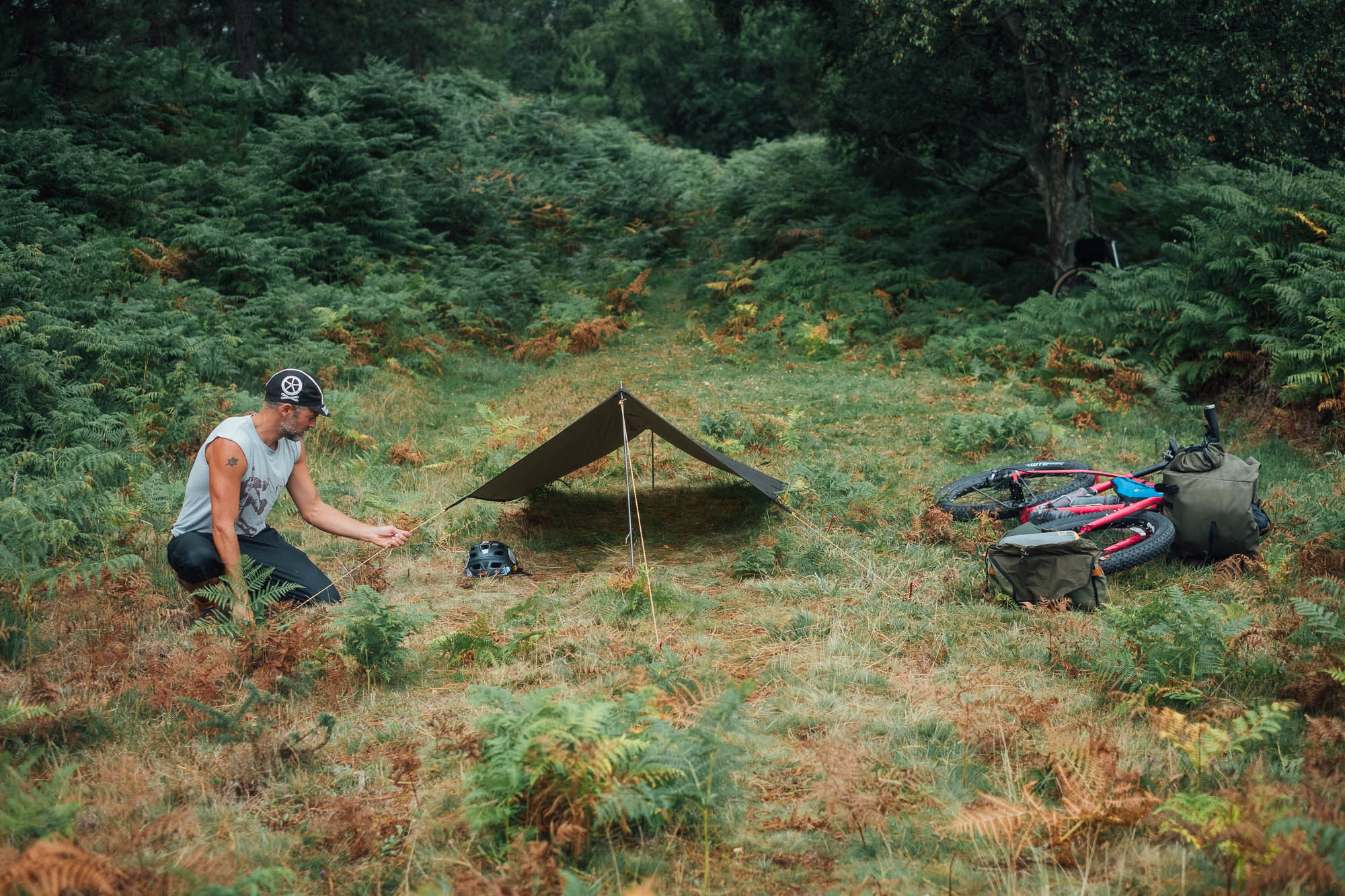
Pros
- Affordable
- Very well made
- Nice and long
- Lots of attachment points
- Packs down small
- Encourages creativity!
Cons
- Doesn’t offer 360 degree protection, as with more expensive, ‘mid shaped tarps
- A little on the narrow side
- Takes practise to get a good, taut pitch
- Weight 300g (including stuff sack but not poles or stakes)
- Dimensions 2.4m x 1.4m
- Packed size 8x10x14cm
- Price £59
- Country of origin China
- Contact Alpkit
Wrap Up
For the price and the quality of the Hunka and Rig 3.5, I can’t think of a much better way to learn the ropes of wild camping, especially in the UK, where public space is a premium, and low-key pitches are often the best way to go. A modular approach offers the best of both worlds: enjoy the full splendour of bivvying if the sky looks clear, with the fallback ‘umbrella’ option of an easy-to-pack tarp if the forecast takes a turn for the worse. You don’t even need to carry poles or more than a handful of stakes, as it’s generally easy enough to rig up something with what’s around you.
Bear in mind that this setup is modular, so you don’t necessarily need to buy both. They just pair very well. There are single skin tents that will match the two for weight, but as a combo, a tarp and bivy is effective, affordable, packs small, and (perhaps most importantly) is a fun, refreshing way of getting into the outdoors for a couple of nights.
With thanks to Mike Hayes for additional images. Find out more about Al Humphries and his many ideas for bivvying out by visiting his website.
Please keep the conversation civil, constructive, and inclusive, or your comment will be removed.






